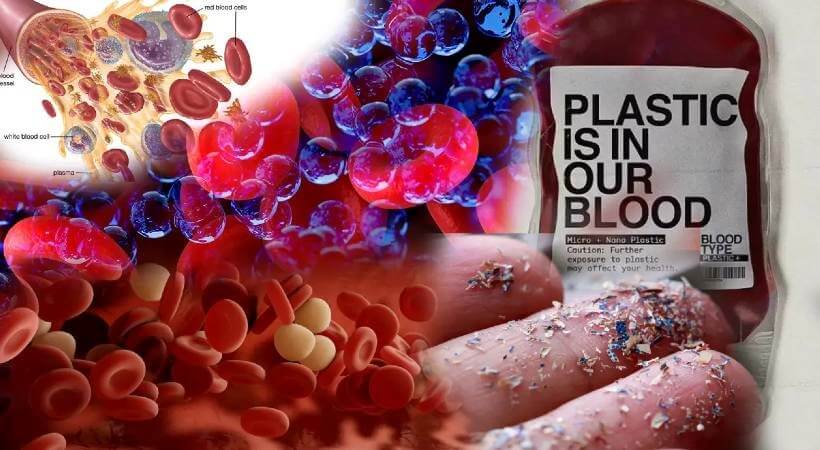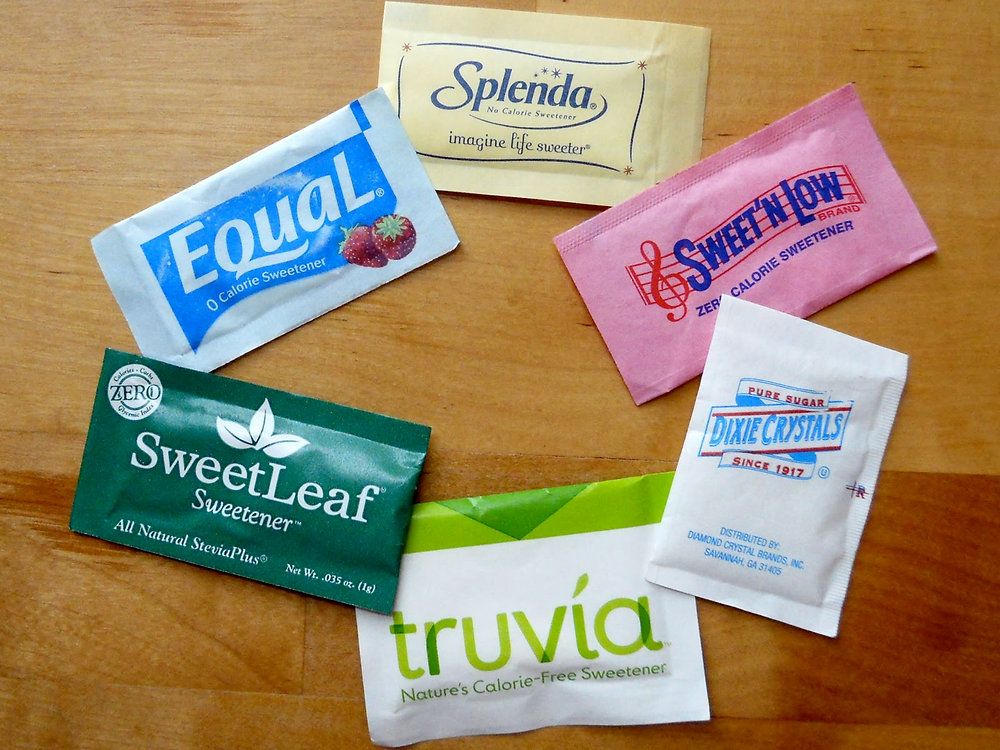In an era where the unseen can have profound impacts on our health, groundbreaking research has revealed a silent threat lurking in our everyday environment: microplastics. These minuscule particles, measuring less than five millimeters in size, have pervaded nearly every corner of our planet. From the depths of the oceans to the peaks of mountains, microplastics have made their presence known. However, it’s not just their ubiquity that raises alarms; it’s the toxic chemicals they carry with them into the human body that demands our urgent attention.
Microplastics: The Hidden Threat to Human Health
The study, an eye-opening investigation conducted by a collaborative effort between Brunel University London and the University of Birmingham, shines a light on a previously underexplored pathway through which these toxic chemicals enter our bodies: through our skin. The research provides the first experimental evidence that chemicals present as additives in microplastics can leach into human sweat, and then be absorbed through the skin, into the bloodstream. This discovery marks a significant leap in our understanding of the potential health risks associated with microplastics.
Many of these chemicals, including those used as flame retardants and plasticisers, have long been banned due to their adverse health effects, which range from damage to the liver or nervous system to cancer and risks to reproductive health. Despite these bans, they persist in the environment within older electronics, furniture, carpets, and building materials, posing a silent risk to public health.
The research team’s innovative approach involved the use of 3D human skin models as alternatives to laboratory animals and excised human tissues. These models were exposed over a 24-hour period to two common forms of microplastics containing polybrominated diphenyl ethers (PBDEs), a group of chemicals commonly used to flame retard plastics. The findings, published in Environment International, demonstrated that up to 8% of the chemical exposed could be taken up by the skin, with ‘sweatier’ skin absorbing higher levels of the chemical.
Dr. Ovokeroye Abafe, the lead exposure scientist behind the study, emphasized the importance of these findings for public health. “We confirm for the first time that human exposure via skin contact with microplastics containing PBDEs contributes to the human body burdens of these toxic chemicals,” he stated. This revelation not only underscores the pervasive nature of microplastics but also highlights the insidious ways in which they introduce potentially carcinogenic and endocrine-disrupting chemicals into our bodies.
This research also highlights the role of sweat in the absorption process. The more hydrated or ‘sweatier’ the skin, the higher the level of chemical absorption. This adds a new dimension to our understanding of the interaction between our bodies and our environment, particularly in how our physiological responses can influence our exposure to toxic substances.
The implications of this study extend far beyond the scientific community. They serve as a call to action for regulators and policymakers to legislate for microplastics and safeguard public health against such exposure. The findings provide crucial experimental evidence that can inform future regulations and public health policies aimed at reducing the human body burdens of toxic additive chemicals linked to serious health conditions, including cancer and disruption of the endocrine system.
As we navigate through an increasingly plastic-filled world, this research underscores the urgent need for a deeper understanding of the health implications of microplastics. The study not only sheds light on a new pathway of human exposure to toxic chemicals but also sets the stage for further investigation into the myriad of toxic additive chemicals found in microplastics. As Dr. Abafe poignantly notes, “Unfortunately, there are myriads of toxic additive chemicals, ranging from plasticizers to stabilizers in microplastics, some of which are not regulated, that can potentially find their way into the human system.”

Combating Microplastics: A Multidisciplinary Effort
The path forward requires a multidisciplinary approach, combining rigorous scientific research, effective public health policies, and individual action to mitigate the risks associated with microplastics. As this study shows, understanding the mechanisms through which toxic chemicals are absorbed into the body is crucial for devising strategies to protect our health in the face of invisible threats. The fight against microplastics is not just an environmental issue but a public health imperative. As we strive to uncover more about these pervasive pollutants, let us also work towards creating a safer, healthier future for ourselves and generations to come.
Navigating toward safer futures involves not only understanding the risks associated with microplastics but also implementing strategies to mitigate these risks. The recent revelations about toxic chemicals being absorbed into the skin from microplastics highlight the urgency of addressing this issue. It’s a call to action for everyone from policymakers to the public to rethink our relationship with plastics and to find ways to minimize our exposure to these harmful particles.
The role of policymakers and regulators cannot be overstated. The findings from the research conducted by Brunel University London and the University of Birmingham provide a solid foundation for developing stricter regulations around the use of microplastics and the chemicals involved in their production. This could involve revisiting the safety standards for consumer products, especially those that are likely to produce microplastic waste. Policies aimed at reducing the overall production and use of plastics can also play a significant part in reducing microplastic pollution. In addition, there’s a need for regulations that mandate the use of safer alternatives to harmful chemicals like PBDEs in manufacturing processes.
Public awareness and education play a crucial role in mitigating the risks of microplastics. Understanding that sweatier skin can absorb more toxic chemicals from microplastics underscores the importance of keeping our bodies and environments clean. However, it’s also essential to recognize the broader issue of microplastic pollution and its sources. By being more mindful of our plastic use, opting for reusable options, and supporting environmental initiatives, we can contribute to reducing the amount of microplastic pollution.
The scientific community has a pivotal role in advancing our understanding of microplastics and their impact on health. Continued research is vital to uncovering the full scope of health risks associated with microplastic exposure and identifying more of the toxic chemicals that these particles can carry. Understanding the mechanisms through which microplastics and their additives interact with the human body is crucial for developing effective strategies to mitigate their impact. Additionally, research into developing biodegradable and non-toxic alternatives to current plastic materials could significantly reduce the risk of microplastic pollution in the future.
On an individual level, we can take steps to reduce our exposure to microplastics. Using personal care products that are free of microbeads, choosing clothing made from natural fibers, and avoiding single-use plastics are practical measures that can make a difference. Being conscious of how we dispose of plastic waste can also reduce the amount of microplastics entering our environment. By taking these actions, we not only protect ourselves but also contribute to a healthier planet.
The journey toward a future where the risks associated with microplastics are significantly reduced is complex and requires a multifaceted approach. It involves the collective effort of governments, industries, researchers, and the public. As we become more aware of the dangers posed by microplastics and the chemicals they carry, we empower ourselves to make choices that protect our health and the environment. The research by Dr. Abafe and his team serves as a crucial step forward, but it is up to all of us to continue the momentum and work towards a world with less plastic and more hope for our health and the health of our planet.
Related posts:
Toxic chemicals from microplastics can be absorbed through skin
Toxic fireproof chemicals can be absorbed through touch, 3D-printed skin model shows
Microplastic Toxic Chemicals Can Seep Through Skin





